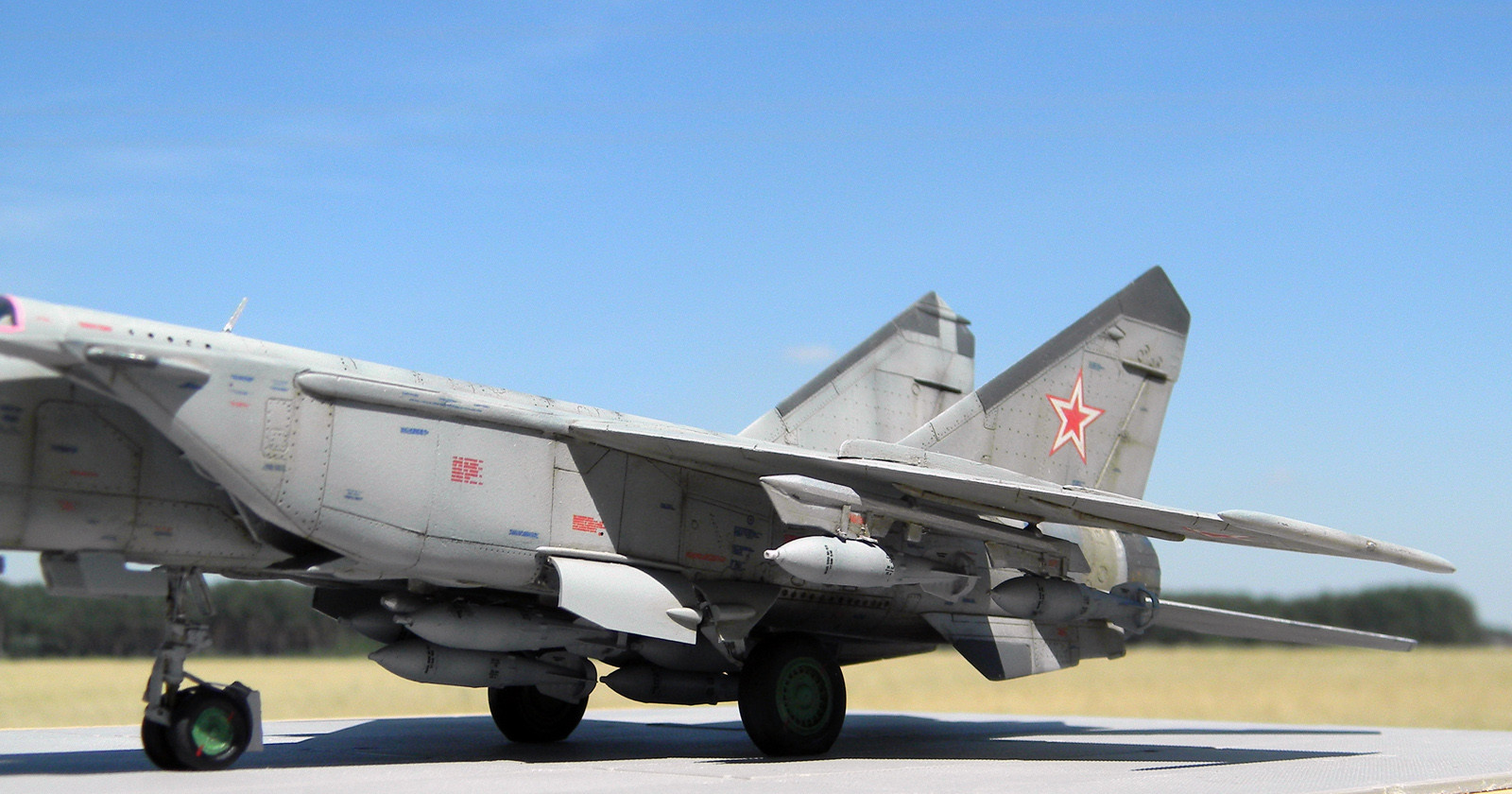I will take them in turn:
Ye-152
What if it will be put in production? I have read that the R-15 engine was initially very problematic, so how about just sticking with the twin engine version powered by the R-11F engines initially? Do you think they have a reasonable chance of fixing the R-21F from the Ye-8 by about 1964-65 when i expect my Ye-152 to be in production? Or perhaps have an earlier R-13-300 if they focus on it? Would it worth having it instead of the rather poor Yak-28, or indeed massive Tu-28 (i know why they built it, but they could easily have two smaller, faster interceptors for every clunky Tu-28, they would have to built more airfields in the North though, or if not just adopt in-flight refueling for at least some interceptors)
MiG-23
How much weight would they save if they just use a fixed wing but with high lift devices to give as much STOL capability as reasonably possible, perhaps similar in planform to the one on MiG-25, or perhaps inspired by the Mirage F1/F2 wing, or indeed perhaps something like Mikoyan studied later for this pretty bird below?(basically a fixed wing MiG-23 design from the early seventies). Based on what i can read around, it seems they could easily save 1000kg, possibly significantly more in empty weight, which can be used to either improve performance, or take some stress of the engine, it will not need so much power so the engine could be made a bit less powerful hence more durable etc.
MiG-25
How much weight would they save if they relax the speed requirement and build it in conventional alloys rather than steel? What would be the maximum speed feasible with conventional alloys of the day, M2,5 or so? As to the engine, perhaps then instead of the humongous if impressive R-15s, how about two afterburning early D-30F of about 10,000-11,000kgf (based on the first D-30 version, just stick a burner to it)?

![SJA3X0d[1].jpg](/data/attachments/222/222486-f4e918f116e1e5442ae5bec2ac546e6d.jpg)
![5X9PoyM[1].jpg](/data/attachments/222/222487-ab53f2979ebe013175250cf96145f48f.jpg)
